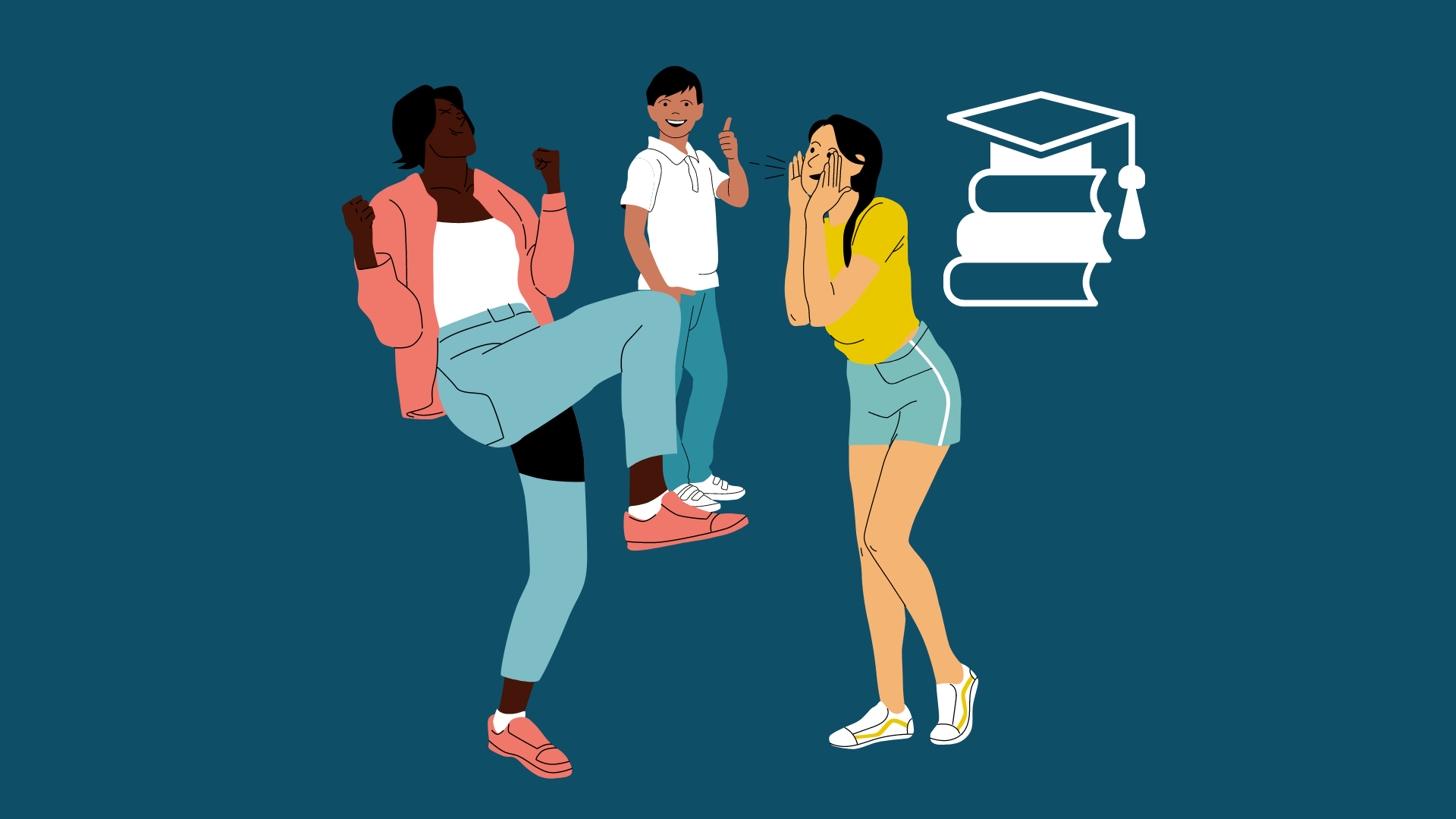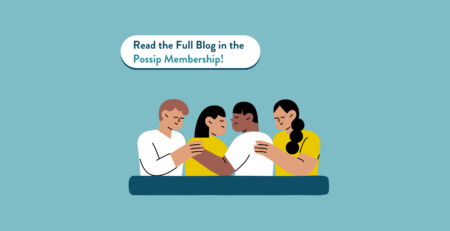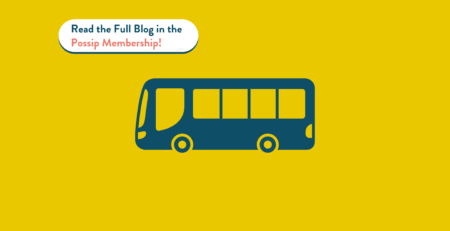As schools reopen and return to in-person learning, many educators are preparing to address the “COVID learning gap”. Earlier this summer, our Reporting Team Lead, Amanda Richards, shared tips and resources for planning 2021-2022 curriculum. Overcoming the “COVID learning gap” also requires intentional efforts from educators to support students beyond curriculum planning. Supporting your students’ academic recovery requires increased collaboration, engagement, and patience. With this educators can help their students recover any learning “lost” during the pandemic.
To help you prepare for the upcoming school year, Amanda has compiled additional tips for supporting students in their academic recovery.
1. Learn from students, their families, and data.
Use data to inform next steps for student remediation.
Don’t just give a test and track students in class–that can cause even more gaps. Instead, use whatever data you have (state tests scores, MAP scores, grades, pre-unit benchmarks, etc.) to be aware of gaps that need to be filled through tutoring or one-on-one support. Build off students’ strengths, and push-in where they need more support during classroom time (e.g. more teacher touch points during independent practice, mini-lessons, small group reteach, etc.)
Talk with families and students for qualitative data points.
Quantitative data doesn’t tell the whole story, especially when it comes to student learning during the pandemic. Have parent-teacher conferences to talk about the whole student. How is the student emotionally? What does the parent see as a gap in learning? Maybe the student thrived in virtual learning? Listen to their community.
2. Engage and motivate students.
Work on increasing attention spans.
After being on screens since the start of school closings, make sure to focus on getting students motivated and engaged by working on their attention span. Attention span probably has decreased from high-tech stimulation, so it may take a bit to get students focused and ready to be back in the classroom without technology.
Make connections with students right away.
Figure out what students need emotionally and socially and use those findings to build relationships, kick-start their success in class, and let them know you care about them as people.
Be trauma-informed.
This was a tough year for everyone, and students went through a variety of traumas (pandemic fears, police brutality and racial violence, isolation, deaths in the family, etc.). Therefore, make sure to know the signs of trauma and support students through this difficult time. If they are dealing with trauma and not being supported through it, they will not be in a space to learn.
3. Be patient, have multiple planned checkpoints, and improve.
Academic recovery in the midst of learning loss won’t happen overnight. It takes intentional planning with checkpoints along the way to monitor student success. Following the plan consistently, having more checkpoints, and then reassessing and improving the plan can help. Remember to also communicate your plan clearly to staff and families. Don’t be discouraged if in the first month of your academic recovery plan you’re not seeing “mind-blowing” growth from students that you need to re-chart your path. Above all, be patient, be consistent, work hard, and meet student’s needs.
By sharing our collective knowledge as educators, we can continue to combat the “COVID learning gap”. Looking for resources to plan curriculum to aid supporting your students’ academic recovery? Check out part one of our academic recovery blog series. Do you have a resource or strategy for planning for academic recovery? Let us know!





